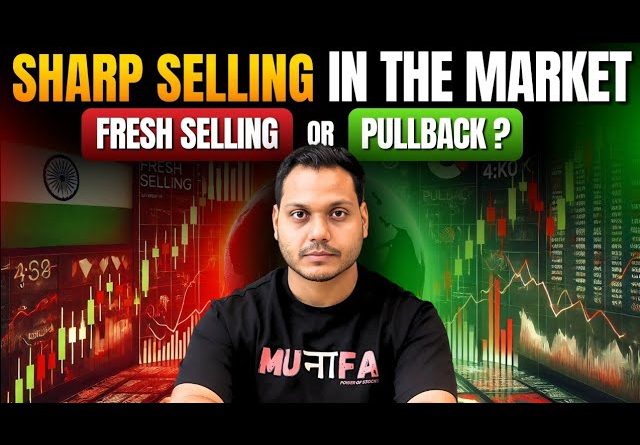How To Become A Stock Broker
If you are energetic and are interested in the stock market, enjoy a fast-paced lifestyle and have the capacity to take risks, this may be the right career for you. Stock brokers have to work long hours to establish themselves in a competitive industry and to understand the markets.
Selling Uncovered Calls – Part 5In order to profit from selling calls, you will need the underlying stock to act in one of two ways: 1. Its market value must remain at or below the striking price of the call, waiting out the evaporation of time value. The option will expire worthless, or it can be closed with a purchase amount lower than the initial sales price
How to Sell Covered Calls, Part 2Example: Profit Alternatives, a Nice Dilemma: You own 100 shares of stock, which you bought last year at $50 per share. Current market value is $54 per share. You are willing to sell this stock at a profit. You write a November 55 call and receive a premium of 5. Now your net basis in the stock is $45 per share (original price of $50 per share, discounted five points by the option premium)
How to Sell Covered Calls, Part 1When you sell uncovered calls, potentially large losses can result if you are required to deliver shares upon exercise, or to close out positions at a loss to avoid exercise. Imagine being able to sell calls without that risk – meaning that you would never be required to suffer large losses due to an unexpected rise in the stock’s market value.
Selling Uncovered Calls – Part 2The risks of selling calls in this manner are extreme. With that in mind, a brokerage firm will allow you to sell calls only if you meet specific requirements. These include having enough equity in your portfolio to provide protection in the event of an unusually high loss. The brokerage firm will want to be able to sell other securities in your account to pay for losses if you cannot come up with the cash.
Selling Uncovered Calls – Part 4Example: Taking Profits to Escape Risk: You sold a call two months ago for 3. The underlying stock’s market value has remained below the striking price without much price movement. Time value has fallen and the option is now worth 1. You have a choice: You can buy the call and close the position, taking a profit of $200; or you can wait for expiration, hoping to keep the entire premium as a profit.
Selling Uncovered Calls, Part 3The requirement that your portfolio include stocks, cash, and other securities in order to sell calls is one form of margin requirement imposed by your broker. Such requirements apply not only to option transactions, but also to short selling of stock or, more commonly, to the purchase of securities using funds borrowed from the brokerage firm.
Put Buying Strategies – Part 2Strategy 2: Limiting Risks It is possible to double your money in a very short period of time by speculating in puts. Leverage increases even a modest investment’s overall potential (and risk). Risks increase through leverage due to the potential for loss. Like all forms of investing or speculating, greater opportunity also means great risk.
Selling Uncovered Calls, Part 1When call selling is reviewed in isolation, it is indeed a high-risk strategy. If you sell a call but you do not own 100 shares of the underlying stock, the option is classified as a naked option or uncovered option. You are exposing yourself to an unlimited risk. In fact, call selling in this situation is one of the most risky strategies you could take, containing high potential for losses.
Put Buying Strategies, Part 3Strategy 3: Hedging a Long Position Put buying is not always merely speculative. You can also buy one put for every 100 shares of the underlying stock owned, to protect yourself against the risk of falling prices. Just as calls can be used to insure against the risk of rising prices in a short sale position, puts can serve the same purpose, protecting against price declines when you are long in shares of stock. When a put is used in this manner, it is called a married put, since it is tied directly to the underlying stock.








